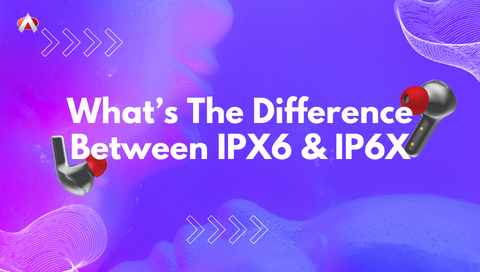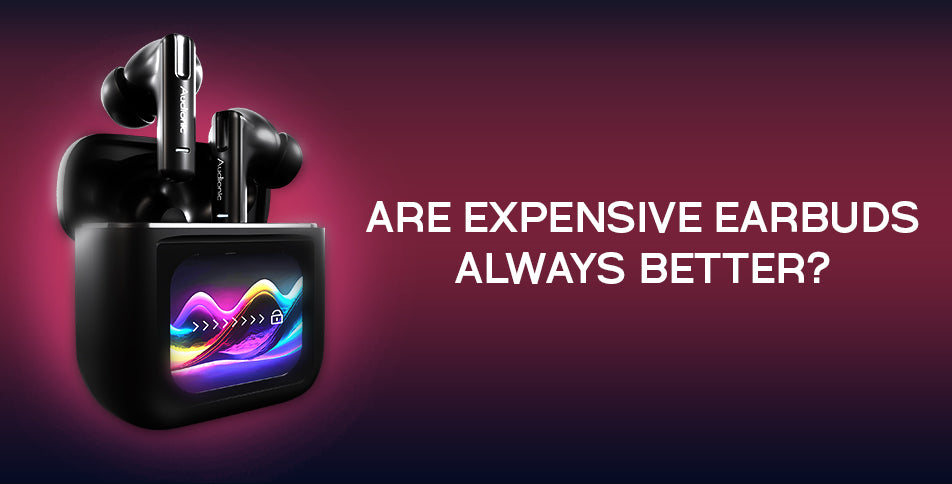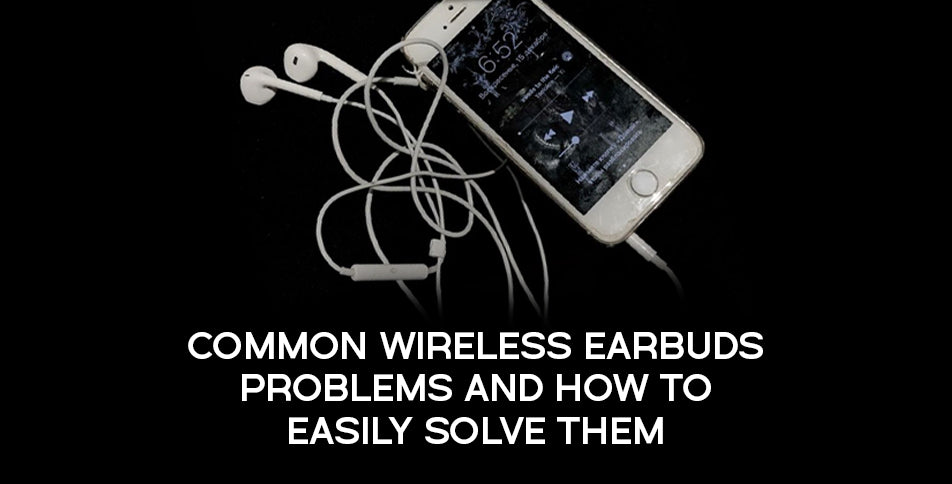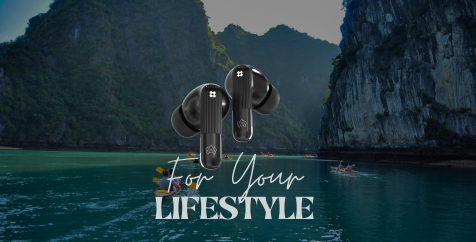
What Is The Difference Between IPX6 And IP6X?
So you've just purchased a brand new gadget, whether it's a pair of wireless earbuds, a smartphone, or a fitness tracker. You're excited about all the amazing things it can do, but there's a lingering question in the back of your mind: how well can it handle the elements, particularly dust and water?
That's where IP ratings come into play, and they're like the superhero suits of our tech gear, defining how protected our devices are against the forces of nature. Understanding these ratings can be a game-changer, allowing you to confidently use your gadgets in various environments without the fear of turning them into a soggy, dusty mess.
So, what exactly do these cryptic IP codes mean? Well, it's quite simple once you break it down. The "IP" stands for "Ingress Protection," but you don't need to memorize that. What matters are the numbers that follow.
In an IP rating, the first digit, represented by "x," signifies how resistant your device is to dust and other fine particles. The higher the number, the better it can keep out those pesky particles that can gunk up your gadgets.
Now, let's move on to the second digit, represented by "y." This number tells you how well your device can fend off water and moisture. Just like with the first digit, a higher number here means greater protection against liquids.
So, in essence, an IP rating, often written as IPxy, gives you the lowdown on how your device stands up to dust and water. It's like a secret code that reveals your gadget's superpowers when it comes to staying clean and dry. In this guide, we'll be taking a closer look at IPX6 and IPX7, deciphering their unique abilities to help you choose the perfect companion for your wet adventures. So, let's unravel the mystery and ensure your tech gear stays as pristine as the day you unboxed it.
What is IP6X mean?
Let's break this code down. IP6X might sound like a secret password, but it's actually a key to understanding how well your gadgets can fend off dust and tiny particles.
So, here's the deal: the "IP" stands for "Ingress Protection," and the "6" in IP6X is all about that dust resistance. It's like a shield that guards your device against fine particles, such as dust, dirt, and even sand.
When you see that "6," it means your gadget is pretty darn good at keeping dust out. Picture it as a force field that's got your back in dusty environments. Whether you're exploring a sandy beach or working in a construction zone, your IP6X-rated device is like a fortress, making sure those tiny particles don't sneak in and wreak havoc.
In a nutshell, IP6X is your gadget's way of saying, "I've got this, dust, stay out!" So, if your adventures take you to dusty places, having an IP6X-rated device is like having a trusty sidekick that keeps things clean and running smoothly. Dust bunnies, beware!
What is IP6X waterproof mean?
IP6X does not define the resistance against water but rather tells us how resistive it is against dust because the first digit stated after IP defines the dust resistance. And the second digit after that, defines the resistance against water. In the case of IP6X, only the first digit is visible and the second digit is stated by X.
Which means the water resistance is not provided or is unknown. The IP6X-rated device is fully dust-tight meaning that it is protected against dust. No amount of exposure to dust will damage the device and it will prove to be durable compared to other devices.
Is IP6X better than IP68?
IPX6 and IP68 are two different IP ratings. The first rating tells us the resistance of a device against dust. Whereas the second rating tells us the resistance against dust and water.
An IP6X-rated device is dust-tight meaning it is fully protected against dust. And an IP68-rated device is a dust-tight and water-resistant device. The "8" signifies that it can be submerged in water beyond 1 meter (usually specified by the manufacturer) for an extended period, often with no specific time limit.
What does IPX6 certified mean?
When a device is "IPX6 certified," it means that it has undergone testing and meets certain standards for water resistance as defined by the Ingress Protection (IP) rating system. In the case of IPX6, the certification indicates a specific level of water resistance for the device.
An IPX6-rated device can withstand heavy sweating, heavy rain, showers, and direct splashes of water. However, it is not suitable for immersion in water as it is not designed to do so. If you are looking for a device that is suitable for swimming then opt for an IPX7 rated device.
In Summary
In the industry of gadgets and gizmos, understanding those cryptic IP ratings can be your secret weapon. It's like knowing the superpowers of your tech gear, especially when it comes to dust and water protection. In this guide, we've uncovered the mysteries behind IPX6 and IP6X, shedding light on their abilities to keep your devices safe and sound.
IPX6 stands as your trusty dust defender, ready to ward off fine particles like dust and dirt. It's perfect for environments where dust is your arch-nemesis.
On the other hand, IP6X is the guardian of gadgets in dusty realms. It's the shield that ensures your device remains pristine, even when dust and sand are in abundance.
Remember, these ratings are your gadgets' way of saying, "We've got this, dust, stay out!" So, whether you're exploring dusty trails or working in gritty conditions, your IPX6 and IP6X-rated devices are your loyal companions, keeping things clean and smooth.
But when it's a showdown with water, you might want to call in the IP68-rated reinforcements. IP68 goes beyond dust protection, offering resistance to water as well. It's the hero you need for adventures involving splashes, rain, or even underwater escapades.
In the end, it all comes down to your tech needs and the environments you'll conquer. Armed with the knowledge of these ratings, you can confidently choose the perfect companion for your wet or dusty adventures. So, go forth and explore, knowing your gadgets are well-protected, whether it's in dusty deserts or rainy days.















